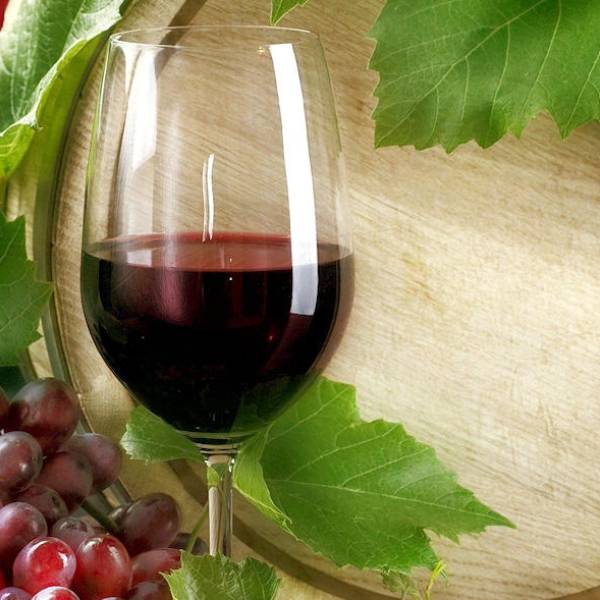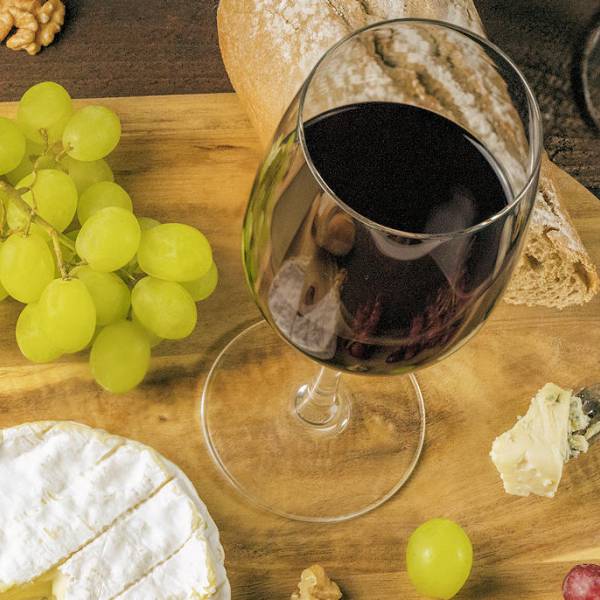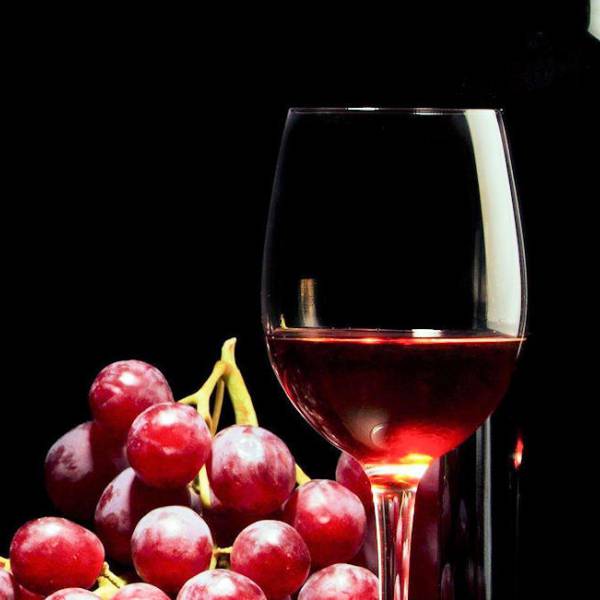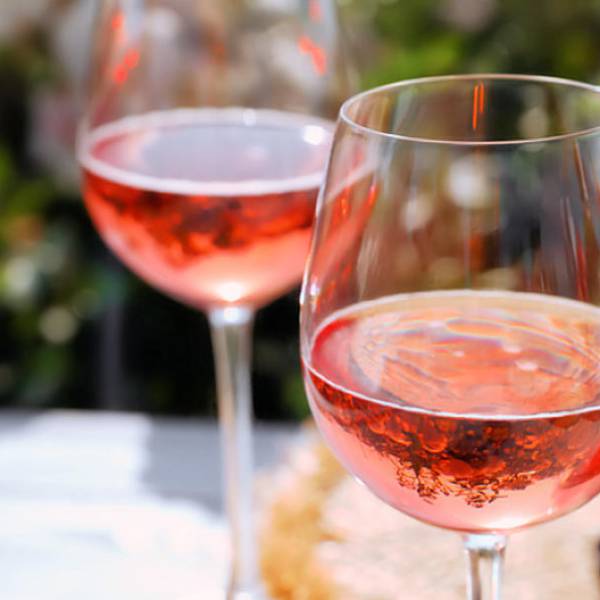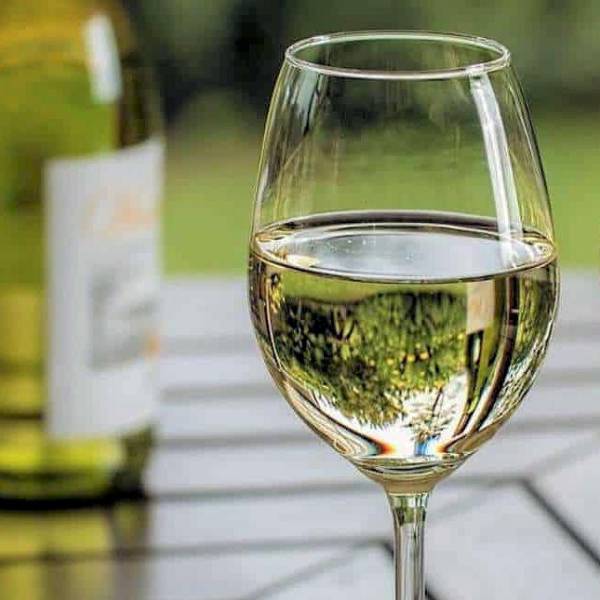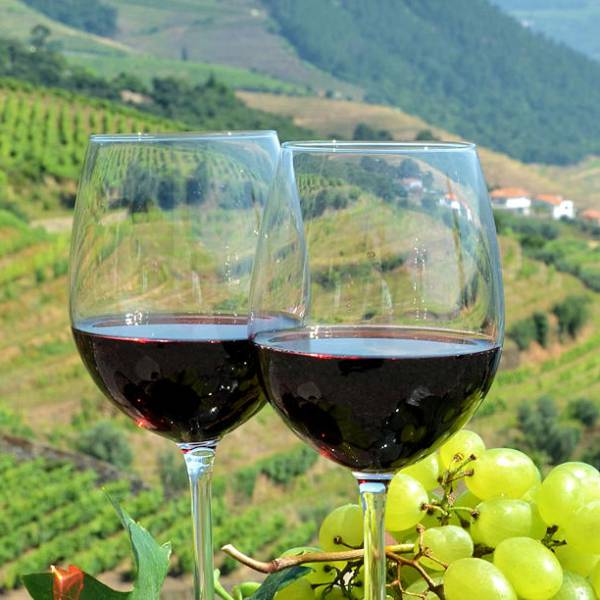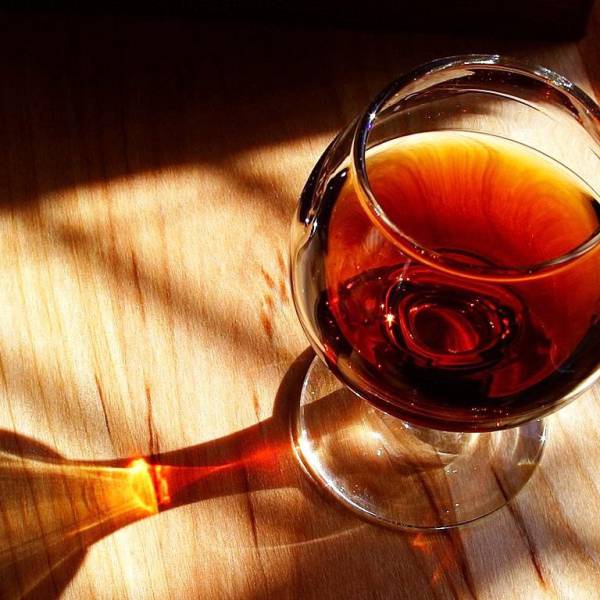The Douro Valley is home to an impressive array of over 80 grape varieties, predominantly native to Portugal and finely adapted to the local conditions. Among the red grapes, Touriga Nacional, Touriga Franca, Tinta Roriz (also known as Tempranillo), Tinta Barroca, and Tinto Cão reign supreme, used in the production of both Port Wine and table wines. The region's white grapes include Rabigato, Viosinho, Malvasia Fina, Moscatel (also known as Muscat), and Gouveio, which are primarily employed for crafting table wines. Blending these grape varieties results in wines that are complex, well-balanced, and a true reflection of the region's remarkable diversity.
While Port wine holds an illustrious place in the heart of the Douro Valley, it is important to recognize the various styles and classifications that contribute to its allure. Ruby Port, a youthful and fruit-forward style, is aged for two to three years in large oak barrels or stainless steel tanks before bottling. It showcases a vibrant red color and tantalizing aromas of red fruits, spices, and chocolate. In contrast, Tawny Port, an aged style of wine, matures for several years in small oak barrels before being bottled. Exhibiting a tawny hue, it exudes notes of dried fruits, nuts, caramel, and wood. Vintage Port, the most prestigious and costly style, is exclusively crafted in exceptional years using the finest grapes from a single harvest. Aged for two to three years in barrels, it is bottled without filtration, revealing a deep purple color and a captivating bouquet of black fruits, flowers, herbs, and minerals. These wines have the capacity to age for decades, continuously developing complexity and elegance over time. Colheita Port, on the other hand, is a single-vintage tawny Port that matures for a minimum of seven years in barrels, showcasing a golden color and enticing aromas of dried fruits, honey, vanilla, and spices. Lastly, White Port, made from white grapes, can range from dry to sweet, depending on the addition of grape spirit. It can be aged or bottled without further maturation, boasting a pale yellow hue and delicate notes of citrus fruits, flowers, and nuts.
Traditionally, Port wine has been savored as an aperitif or dessert wine, expertly paired with an array of delicacies such as cheese, nuts, chocolate, or fruit. However, its versatility extends beyond conventional consumption, making it a fantastic base for crafting exquisite cocktails and mixed drinks.
While Port wines have a time-honored legacy, the table wines emerging from the Douro Valley have rapidly gained prominence and acclaim for their quality and distinct character. Available in both red and white variations, dry or sweet, still or sparkling, these table wines exemplify the region's capacity for innovation. Crafted from carefully curated blends of different grape varieties, these wines harmoniously complement one another, showcasing their individual strengths and weaknesses. Aging methods vary, with wines maturing in oak barrels or stainless steel tanks to achieve the desired style.
Lisbon.vip Recommends
On the other hand, white table wines from the Douro Valley, known as Douro Branco, delight with their light-bodied composition, fresh acidity, and aromatic allure. Offering a refreshing experience, these wines present delicate pale colors spanning from straw to greenish tones. Citrus fruits, flowers, herbs, and minerals dance harmoniously on the nose, providing a delightful sensory journey. While best enjoyed young and chilled to preserve their freshness and flavors, they are a captivating representation of the region's viticultural expertise.
The versatility of table wines from the Douro Valley is truly noteworthy, as they effortlessly complement a wide array of dishes, both traditional Portuguese cuisine and international fare alike. Red table wines serve as perfect companions to roasted meats, game, stews, sausages, cheese, and bread, while white table wines elegantly elevate grilled fish, seafood, salads, soups, rice, and pasta.
The Douro Valley stands as a region that offers an unforgettable wine experience to all who embark on its vinicultural journey. Blending tradition and innovation, breathtaking beauty and formidable challenges, diversity and harmony, the region produces some of the world's most remarkable wines—wines that encapsulate the essence of the land and its people. It is a region deserving of exploration and appreciation from all wine enthusiasts, as it continues to carve its path as a cultural and culinary treasure of Portugal.





